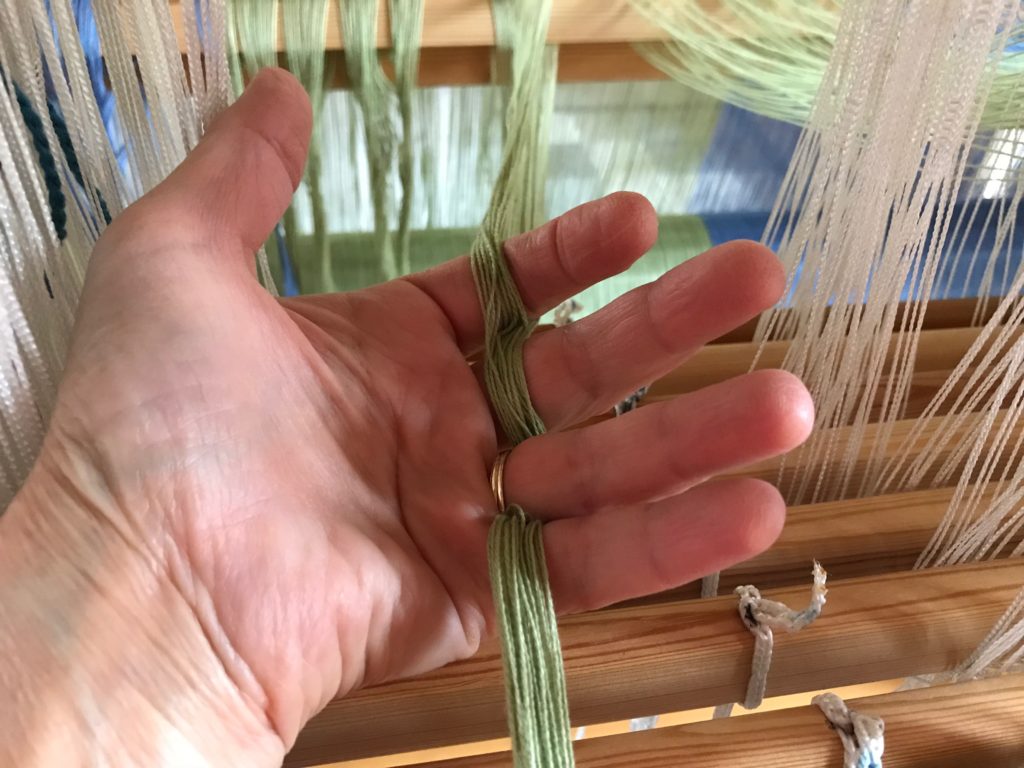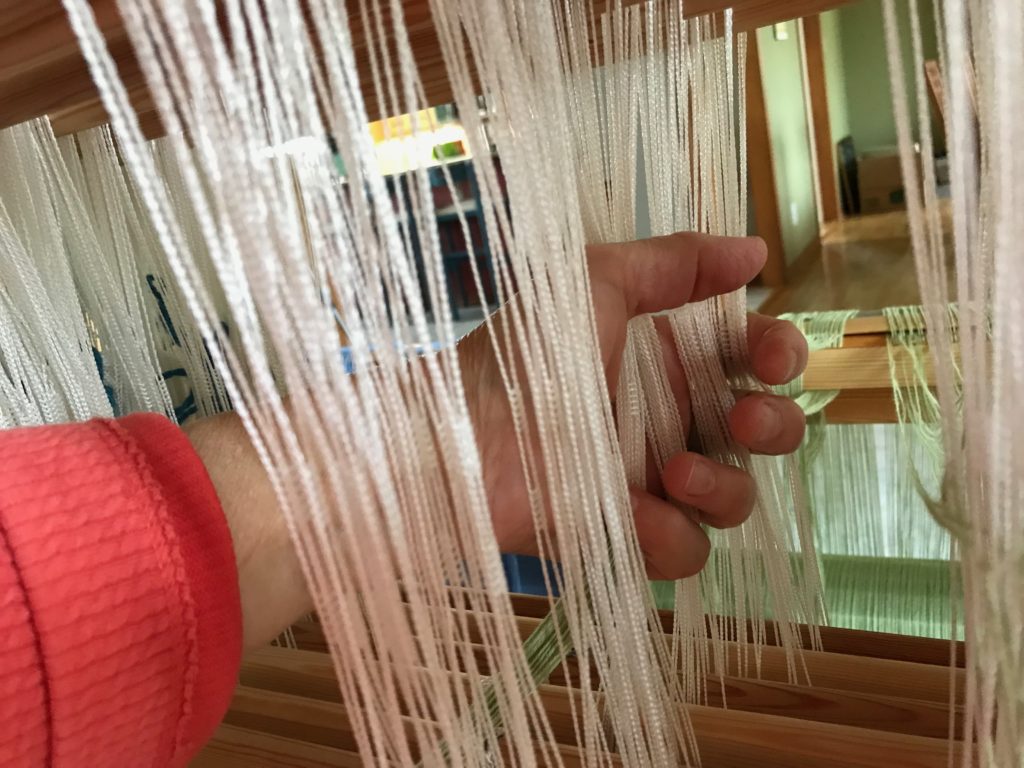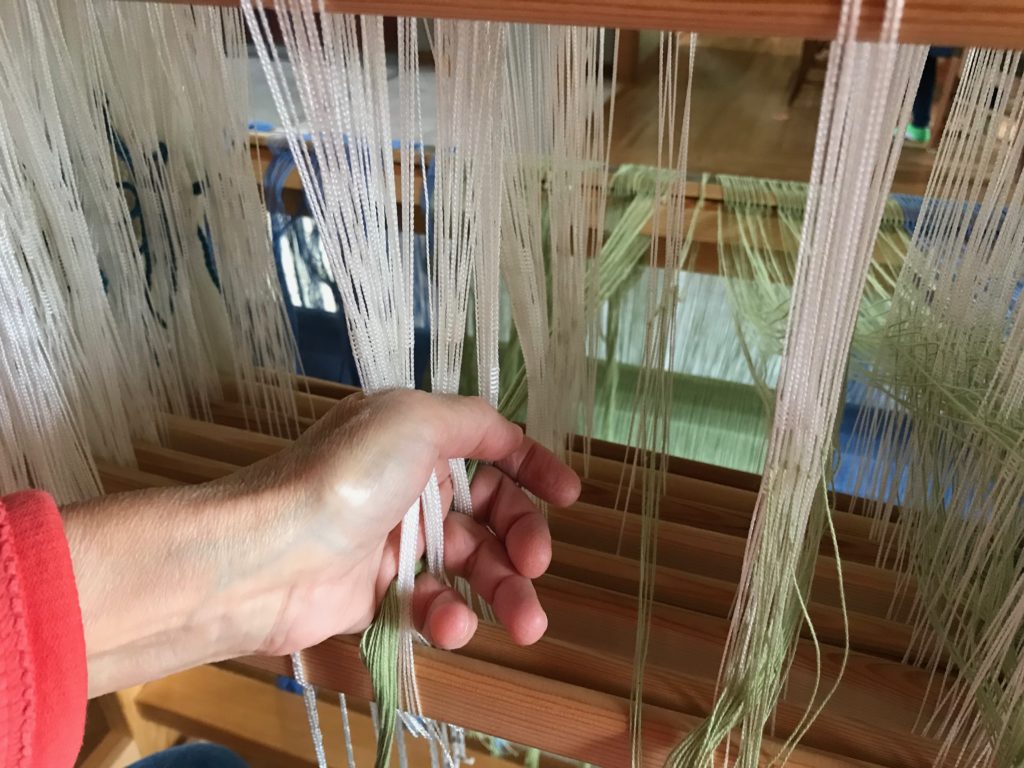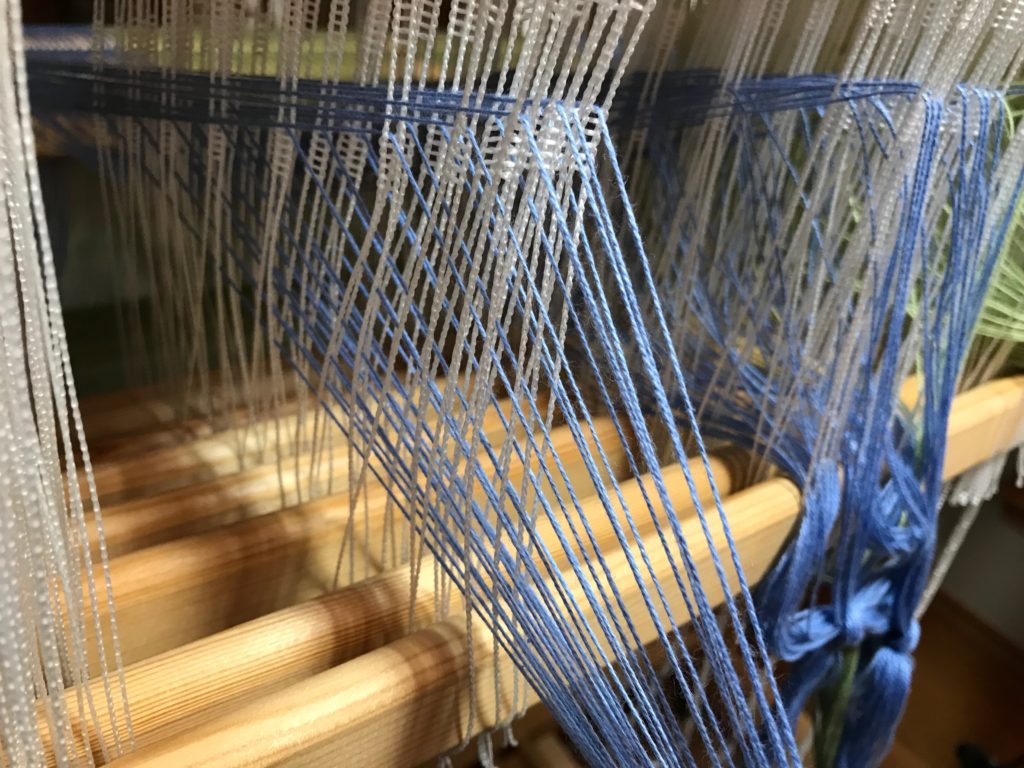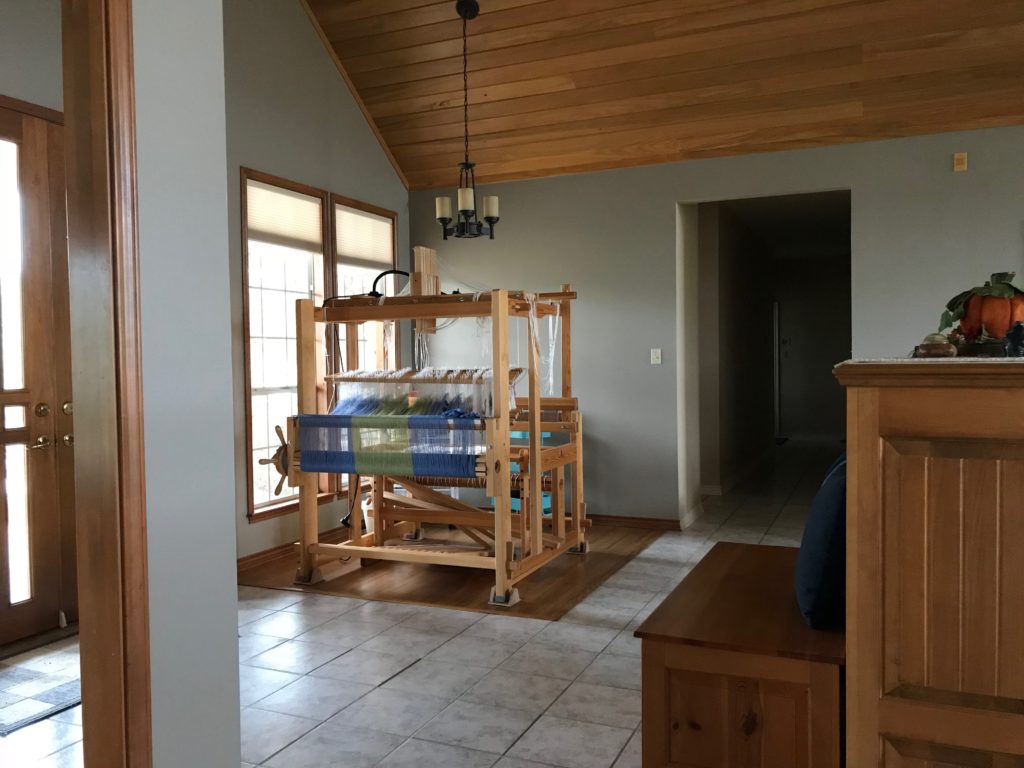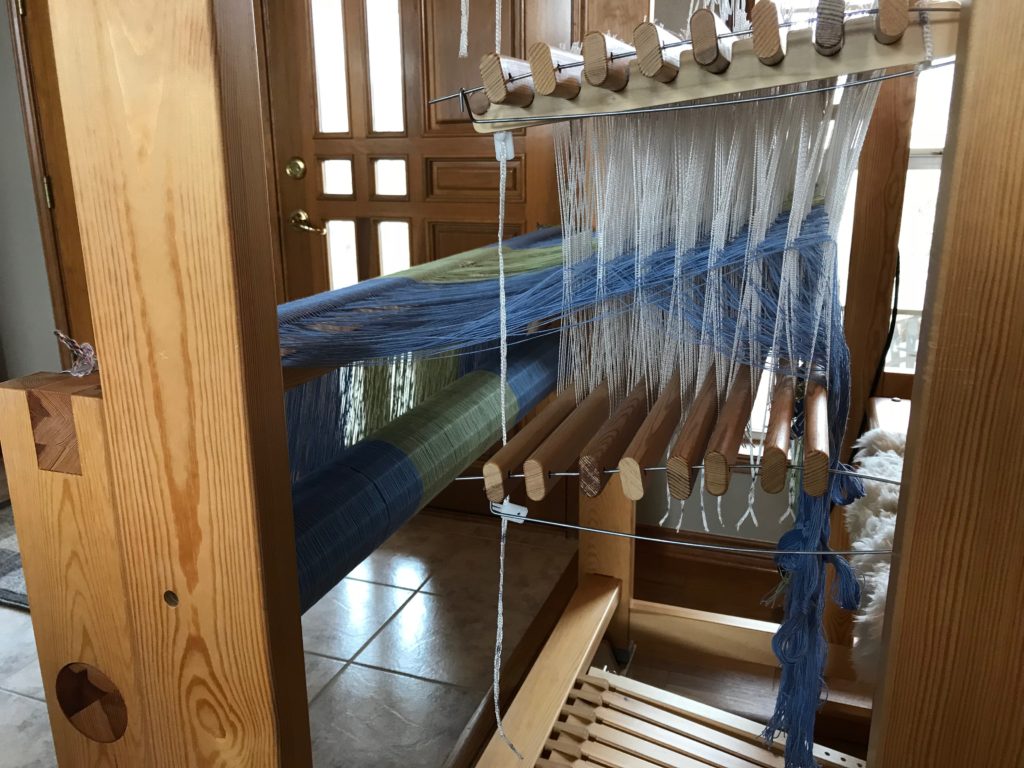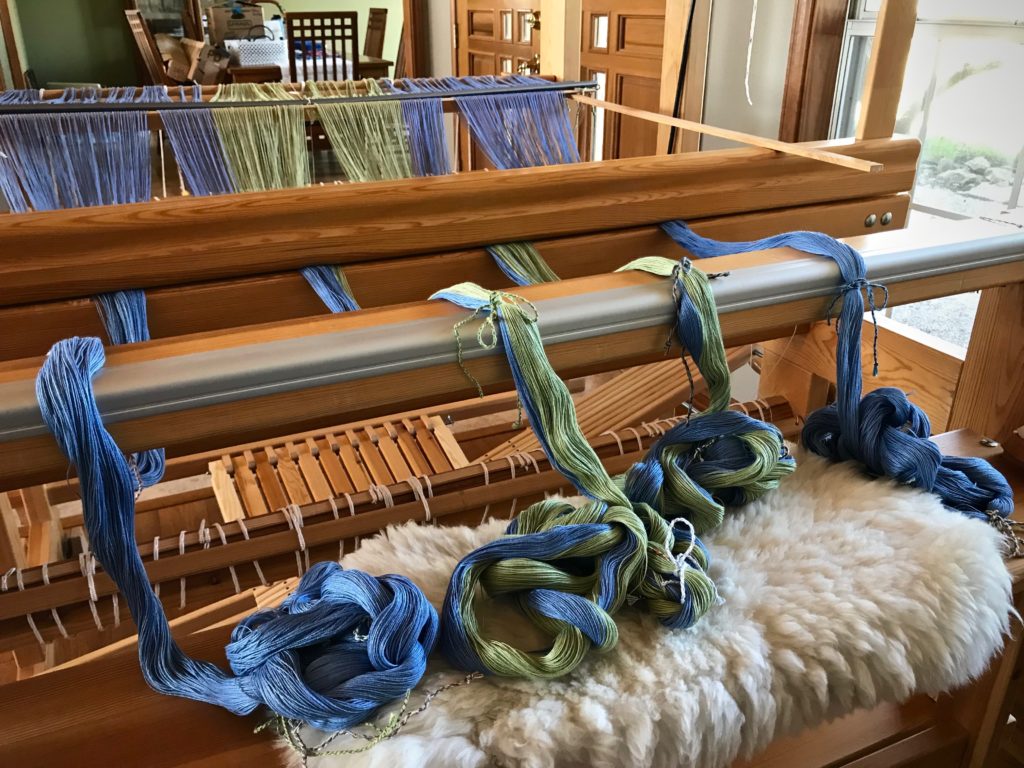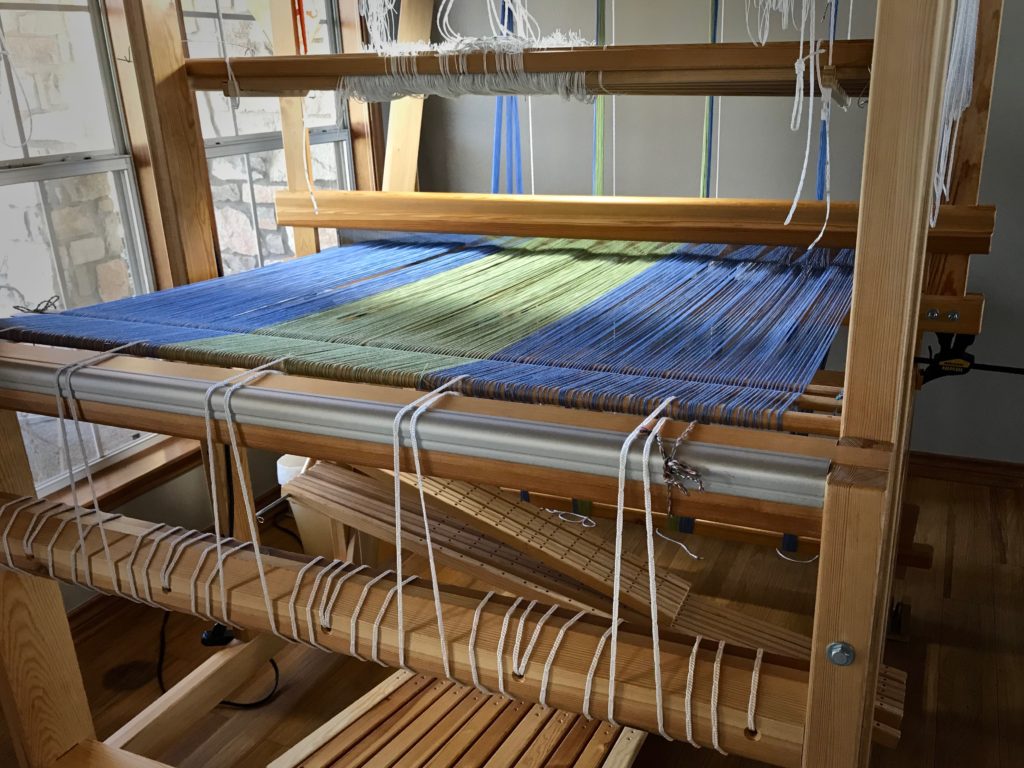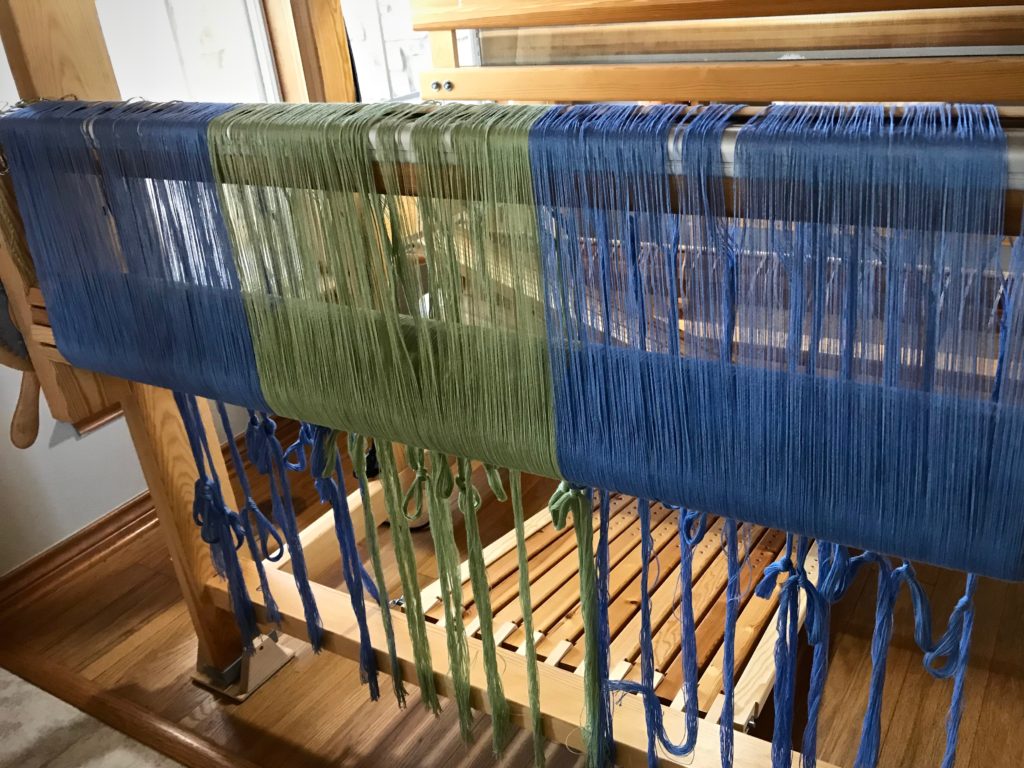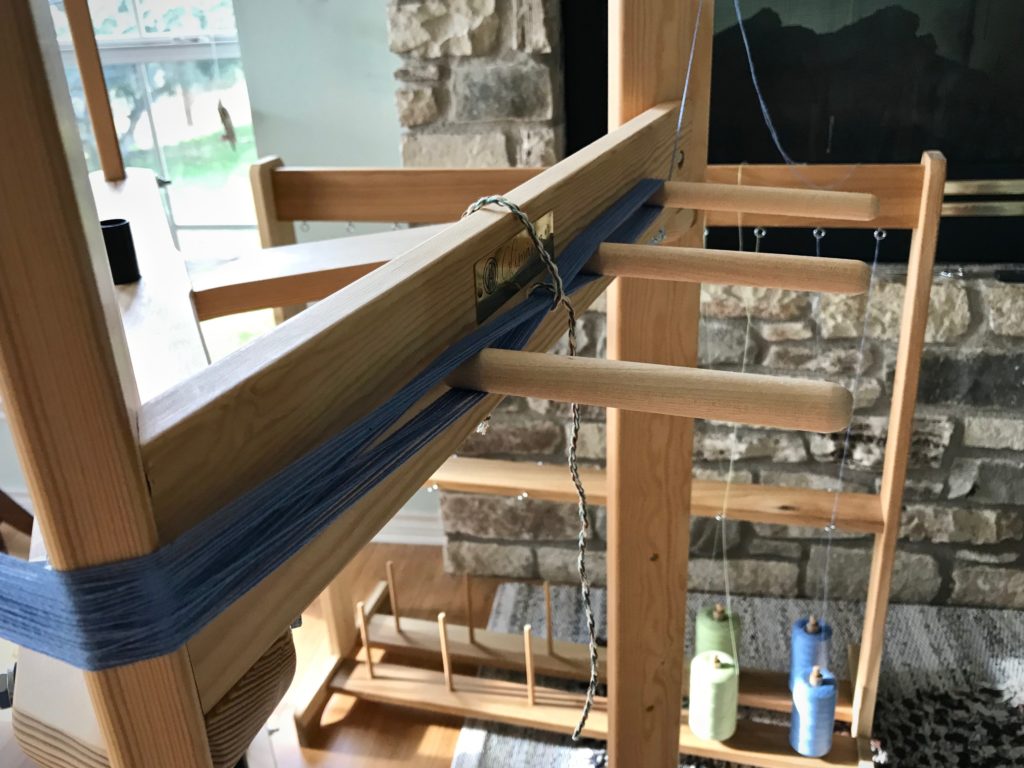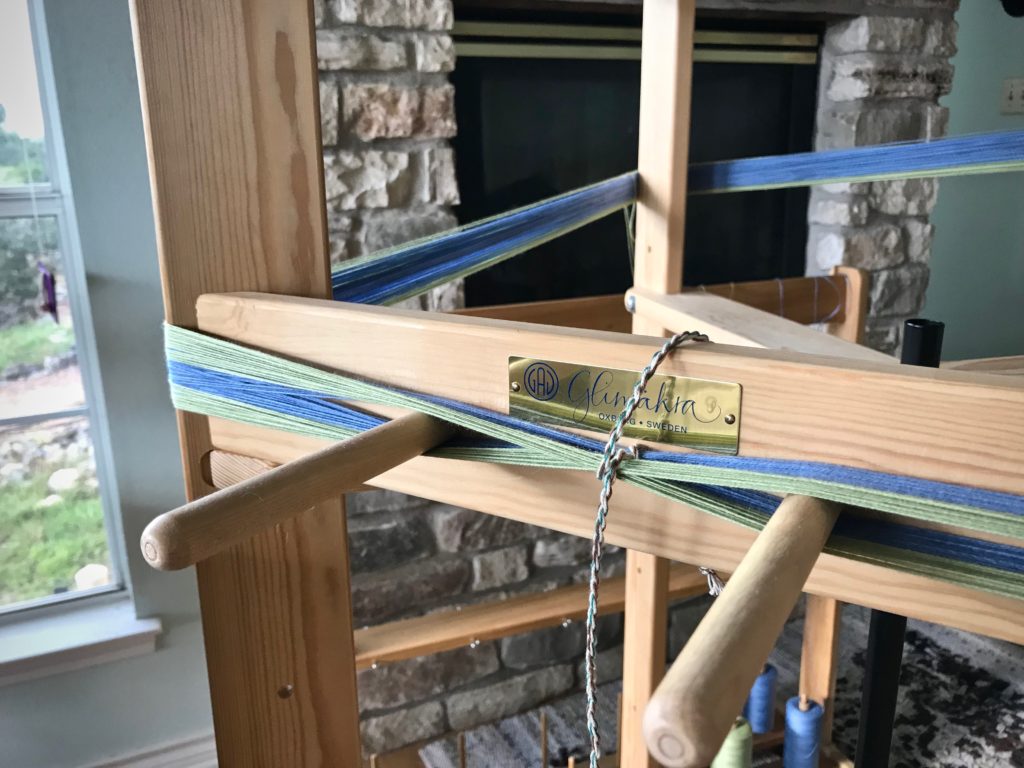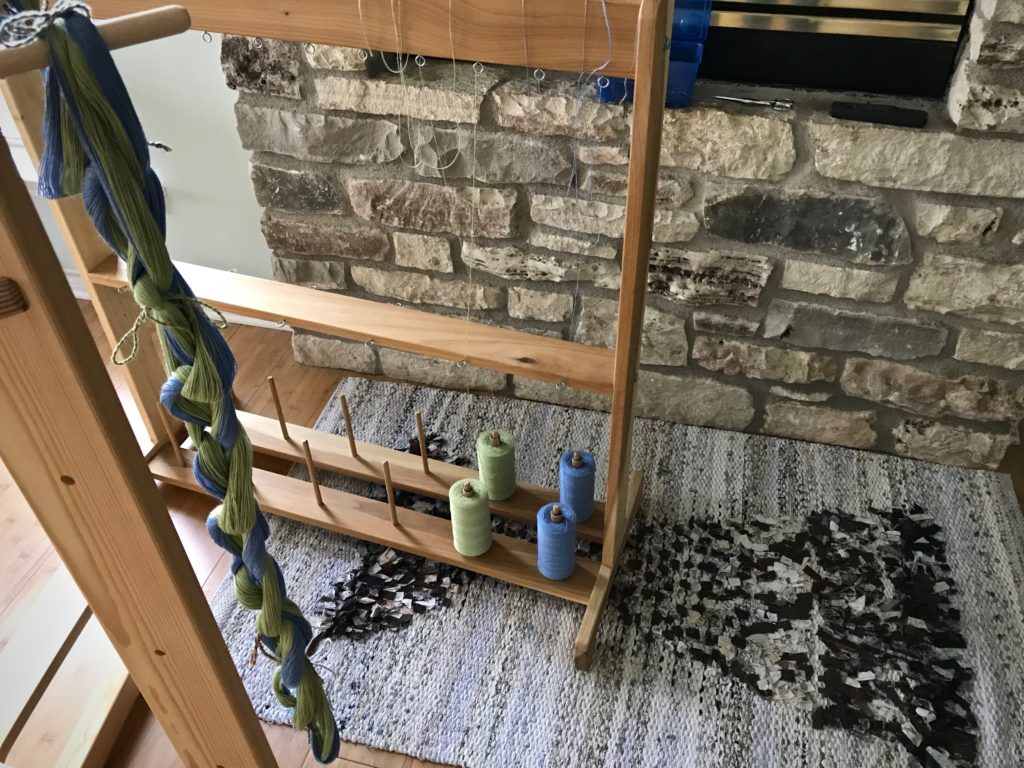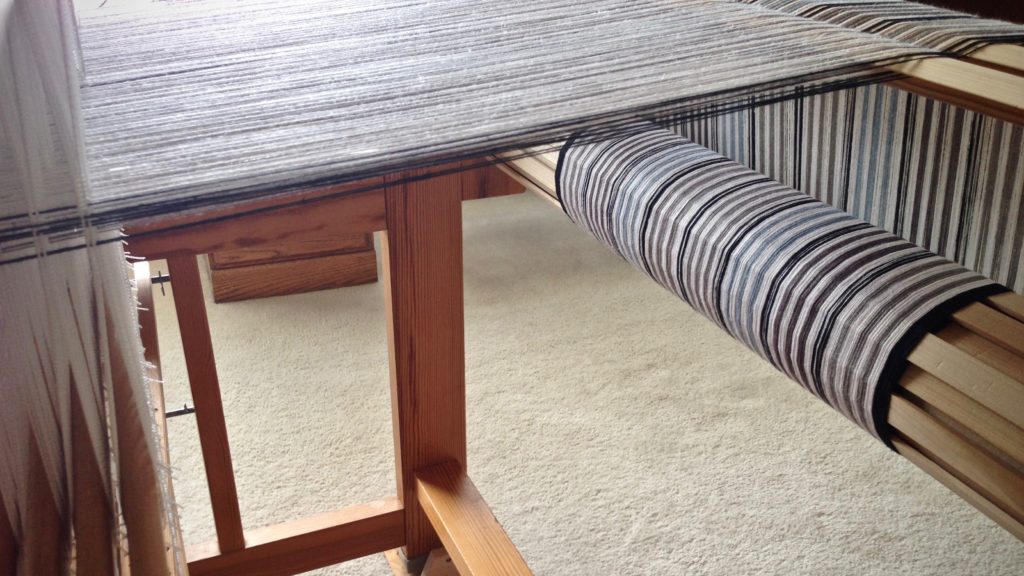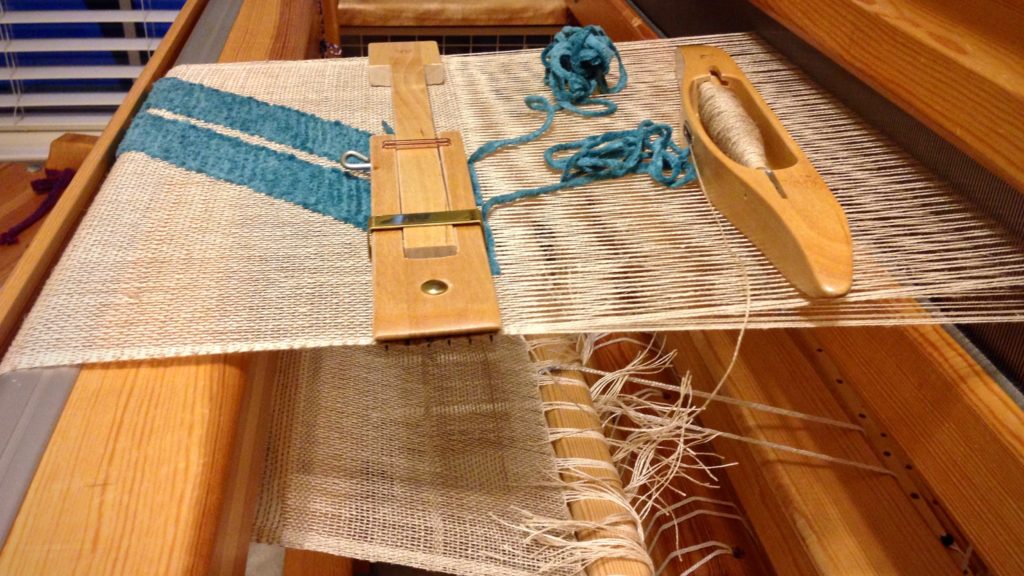Before everyone arrives for our Thanksgiving family gathering, I am making pie crust for the pecan pie, dough for my “famous” cranberry bread, and doing the prep to make Gram’s turkey dressing. Each family is bringing their contributions to the meal (feast). Thanksgiving Day is a flurry of activity with too many cooks in the kitchen—just how we like it! And sitting at the table with the feast before us, we give thanks. Thanks to each other, and to our Creator. We are blessed!
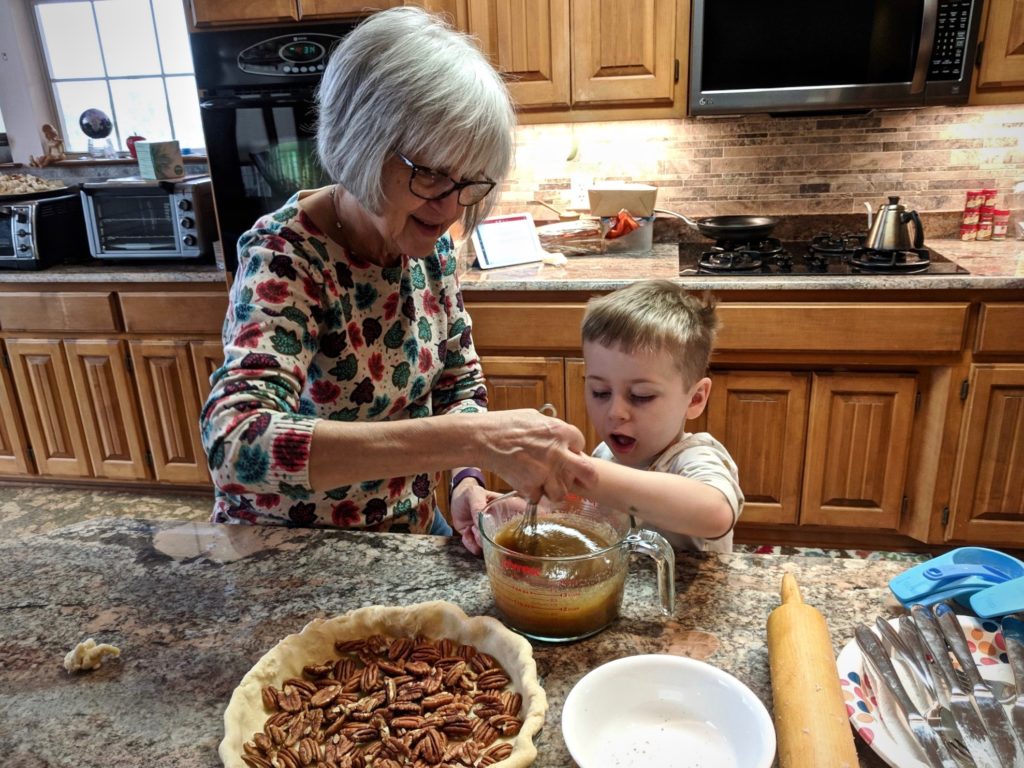
And before everyone arrives I also manage to sley the reed on the Standard. A different kind of dressing—loom dressing.
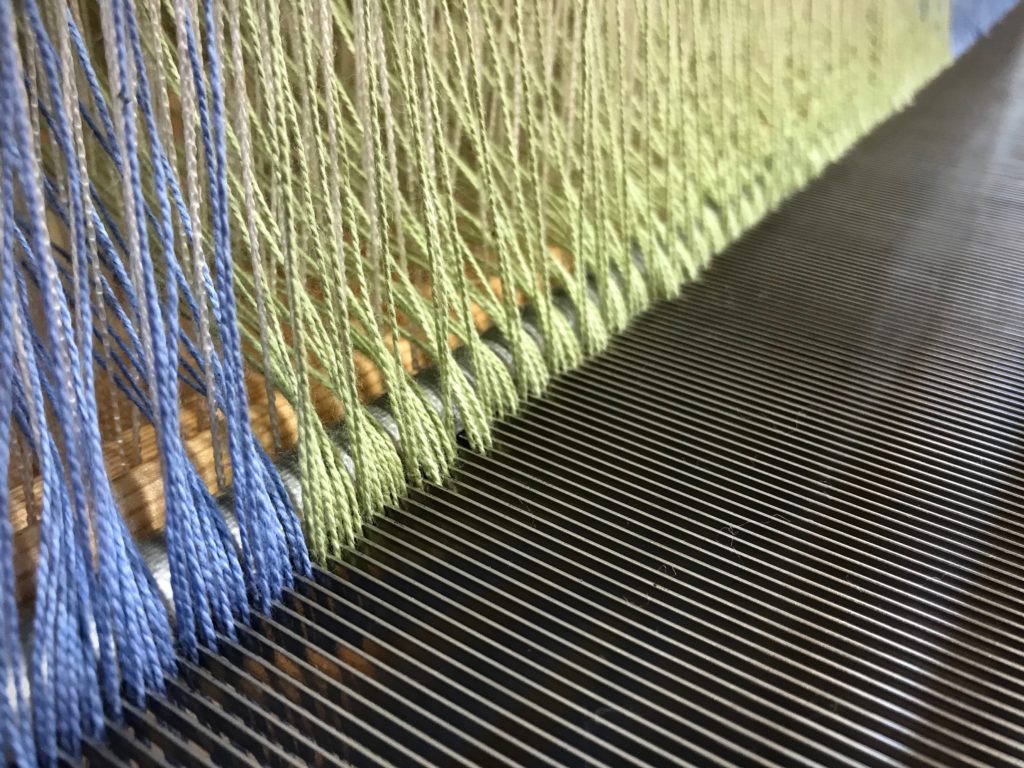
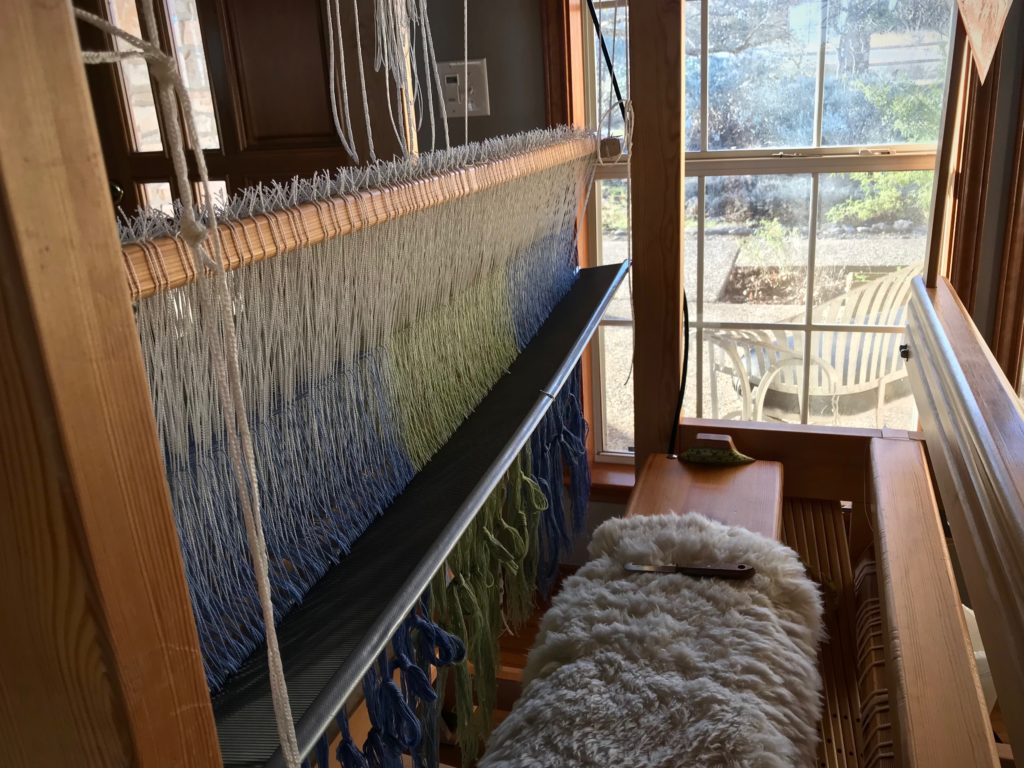
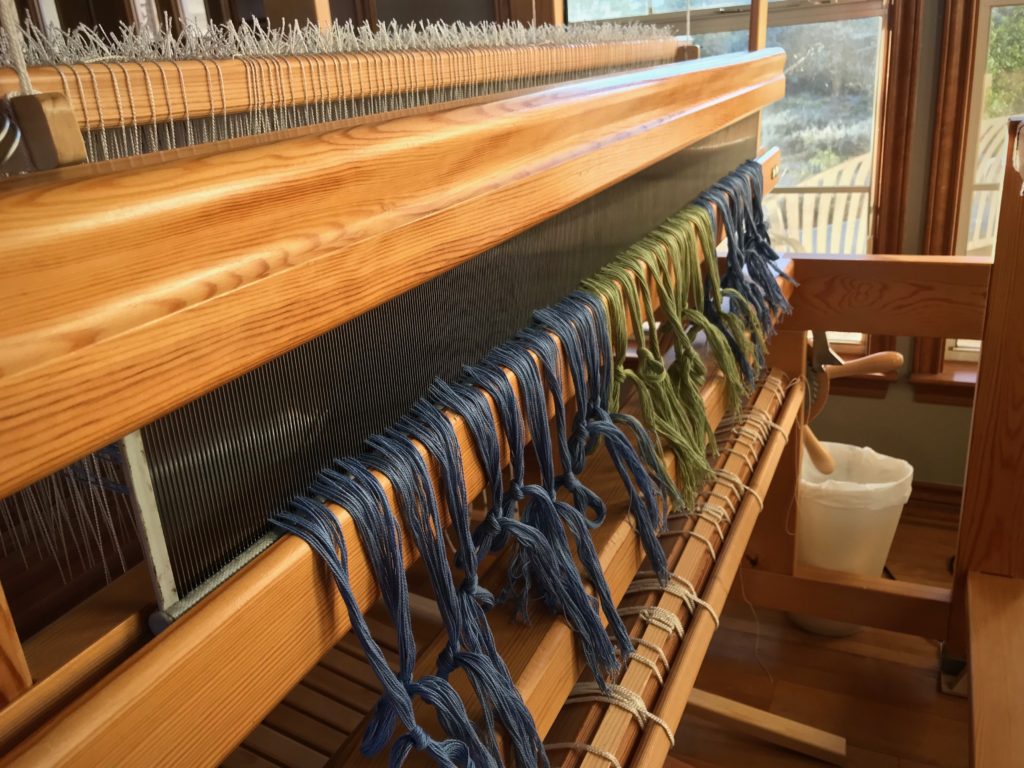
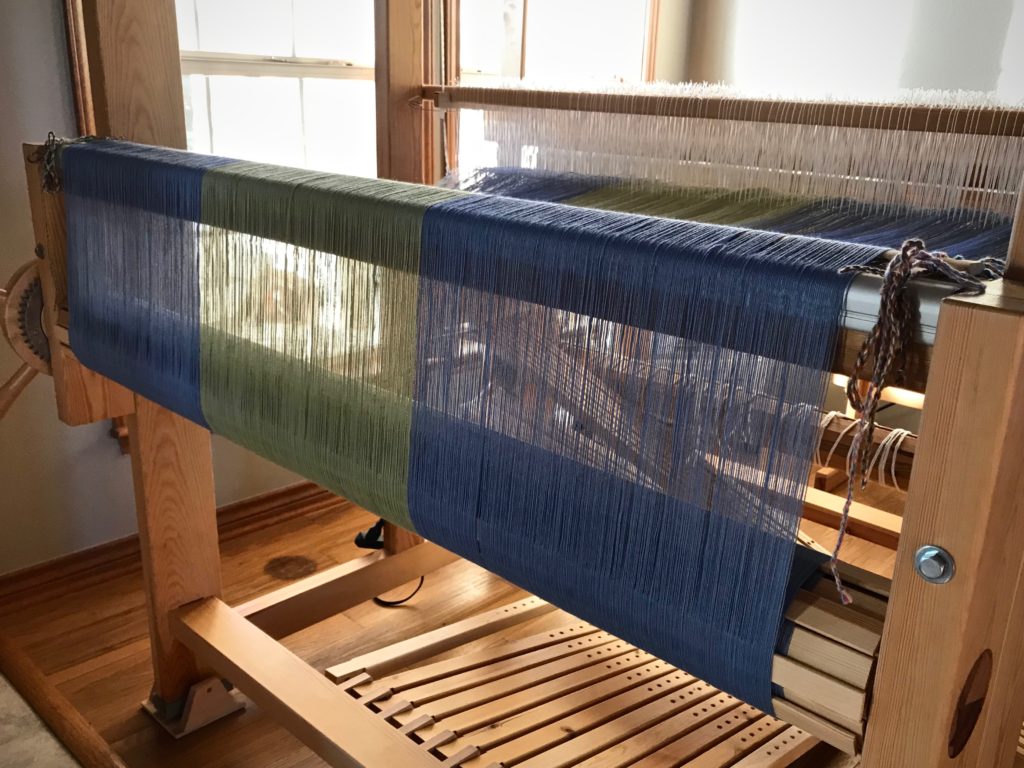
A feast for the eyes and hands and heart. Thankful indeed!
May you give thanks,
Karen

